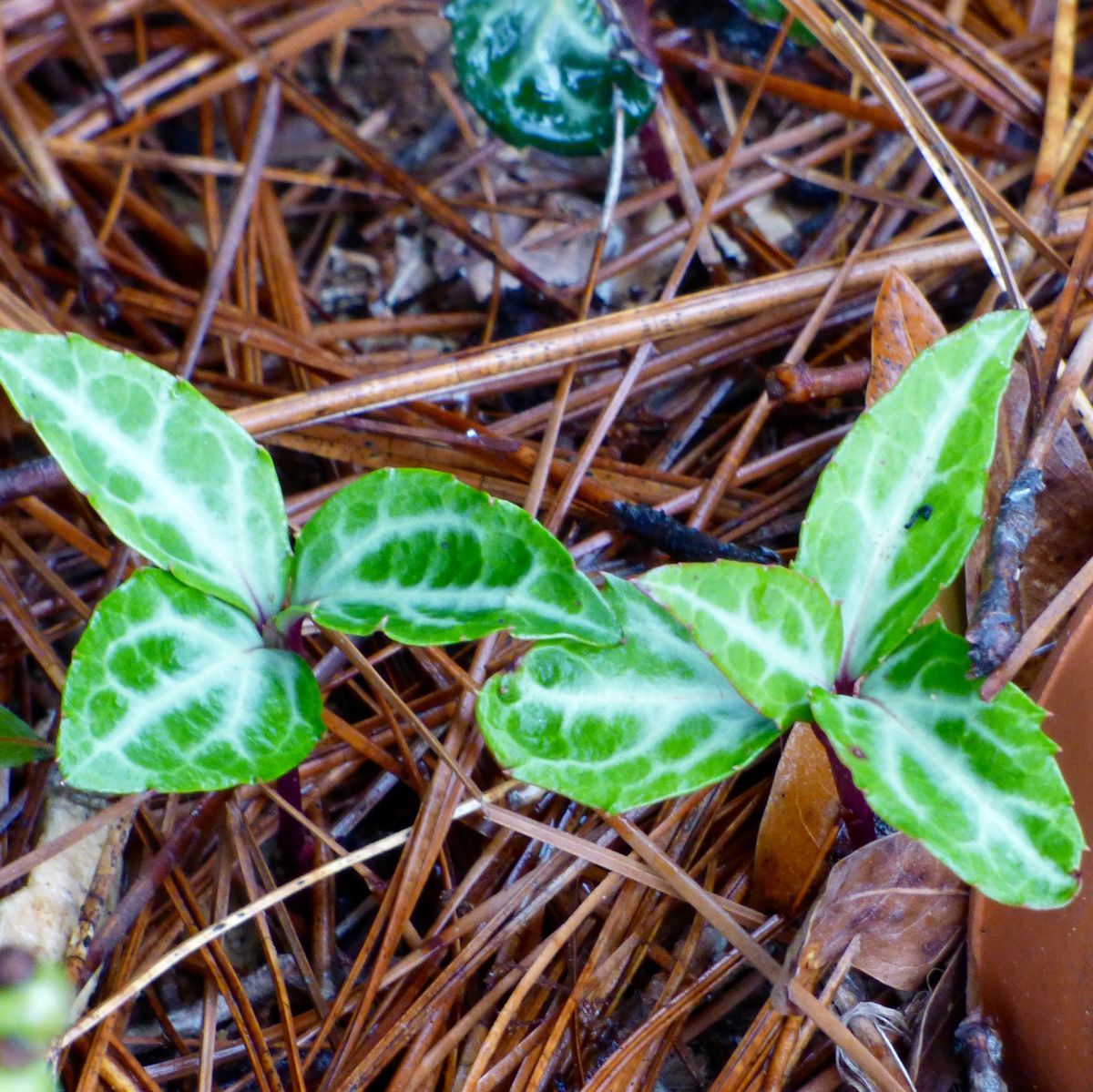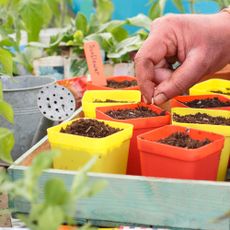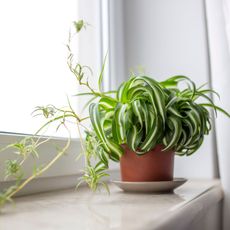Pipsissewa Plant Info: Uses And Care Of Pipsissewa In The Garden


Also known as striped and spotted wintergreen, Pipsissewa (Chimaphila maculata) is a low-growing plant distinguished by nodding, pale pink or waxy, white blooms, and forest green foliage decorated with contrasting, creamy white stripes. This charming woodland plant isn't difficult to grow and the care of Pipssisewa plants is simple. Read on for more Pipsissewa plant info.
Growing Pipsissewa Plants
Pipsissewa plants are often gathered in the wild. Do your research first; the plants are vulnerable in some areas and may be protected by law. If harvesting Pipsissewa in the wild is acceptable, dig the rhizomes carefully from a large, healthy population. Take care not to disturb or trample the plant. If you're lucky enough to have a friend with extra plants, you can easily start your own plants without threatening the native population. You can also propagate Pipsissewa plants by taking cuttings in June or by planting ripe seeds. The latter may not be the best option, however, as seeds often fail to germinate. If you decide to try propagation by seed, plant the seeds in moist peat moss mixed with a small amount of soil gathered from the area around the plant. With cuttings, it's best to grow using some of the same planting medium from where it came, as the plant shares a mycorrhiza relationship for the uptake of water and nutrients, and this will increase your chances of success.
Pipsissewa Uses in the Garden
Pipsissewa is a welcome addition to a wildflower or woodland garden, or as a groundcover in semi shady areas. These plants also enjoy humus-rich soil similar to that found in wooded areas. Additionally, Pipsissewa leaves are edible and are often enjoyed for their crisp, refreshing texture, or brewed as tea, making them great additions for tea gardens too-- as a word of caution, Pipsissewa wintergreen plants should not be confused with the wintergreen plant, Gaultheria procumbens.
Care of Pipsissewa Plants
Care of Pipsissewa plants involves keeping the soil relatively moist, as the plant doesn't tolerate dry soil. Otherwise, this fuss-free little plant will grow for many years with no particular effort on your part.
Gardening tips, videos, info and more delivered right to your inbox!
Sign up for the Gardening Know How newsletter today and receive a free download of our DIY eBook "Bring Your Garden Indoors: 13 DIY Projects For Fall And Winter".

A Credentialed Garden Writer, Mary H. Dyer was with Gardening Know How in the very beginning, publishing articles as early as 2007.
-
 Struggling To Grow? Fix These 7 Seed-Starting Mistakes Before It's Too Late
Struggling To Grow? Fix These 7 Seed-Starting Mistakes Before It's Too LateGive your seeds the best possible start and learn how to fix common errors that stunt growth, weaken plants, and prevent crops and flowers from flourishing.
By Amy Grant
-
 Caring For Your Curly Spider Plant: All You Need To Know To Grow A Cute Curly-Leaved Spider
Caring For Your Curly Spider Plant: All You Need To Know To Grow A Cute Curly-Leaved SpiderSpider plants may not seem all that daring or unusual, but there is one variety that definitely comes with a twist! Here’s how to cultivate the cute and curly spider plant
By Mary Ellen Ellis